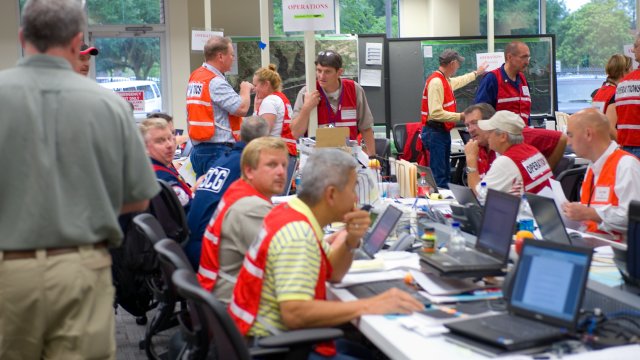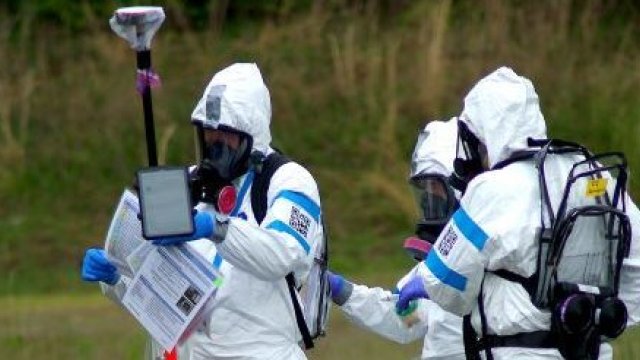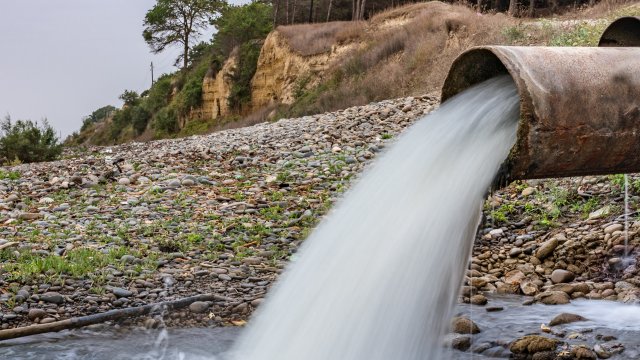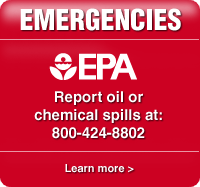Emergency Planning and Community Right-to-Know Act
-
About EPCRA

Learn more about why EPCRA was created and how it helps communities plan and prepare for emergencies.
-
Emergency Planning

EPCRA Sections 301-303
establishes emergency planning requirements and requires notifying authorities of the presence of Extremely Hazardous Substances. -
Emergency Release Notifications

EPCRA Section 304 requires notifying authorities when chemicals are released.
-
Hazardous Chemical Inventory Reporting

EPCRA Sections 311-312 requires facilities to report hazardous chemicals that are used or stored.
-
Toxics Release Inventory

EPCRA Section 313 establishes the Toxics Release Inventory (TRI) program.
-
Trade Secrets

EPCRA Section 322 requires facilities to submit forms to support any claims of trade secrecy.

